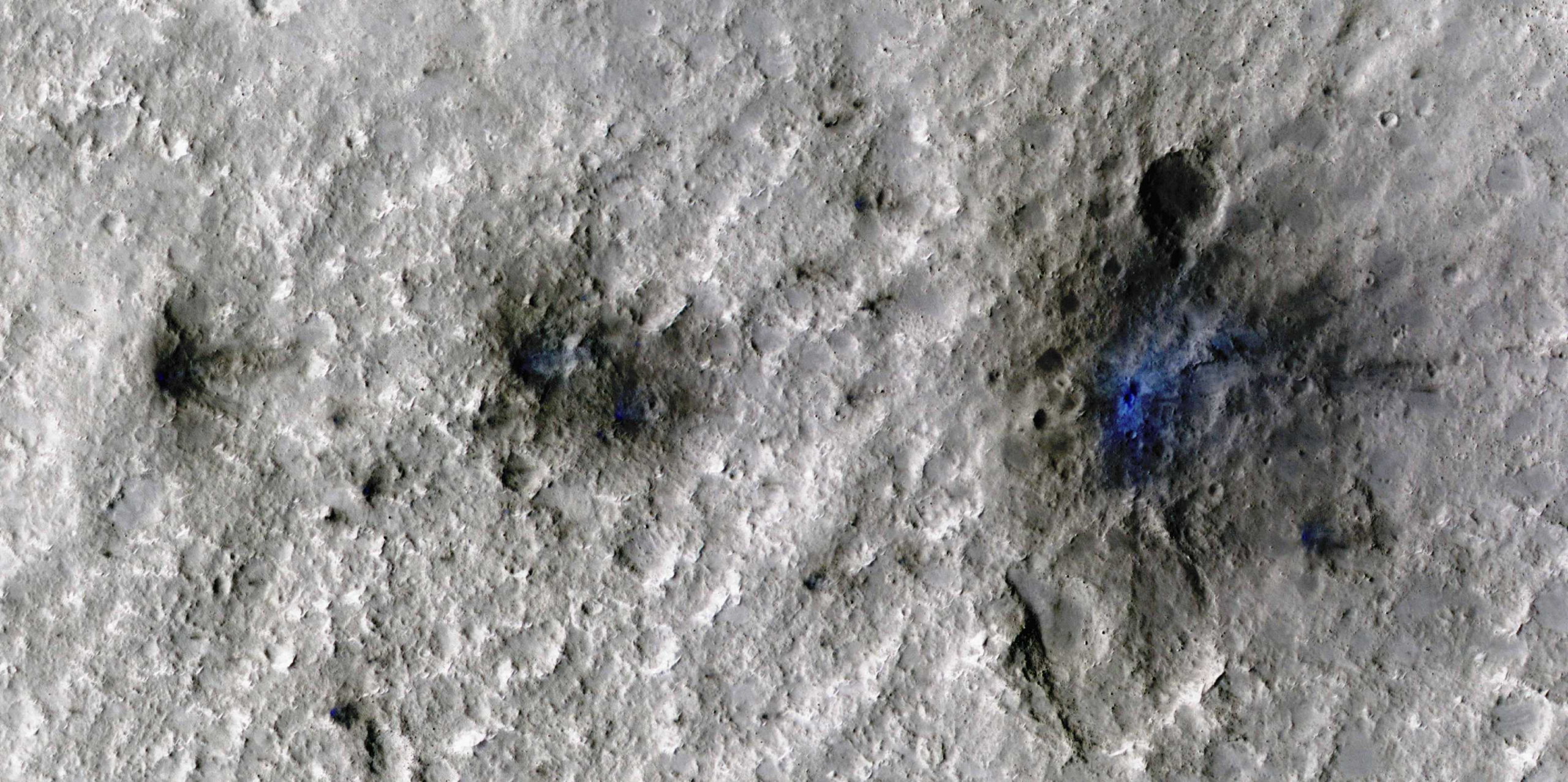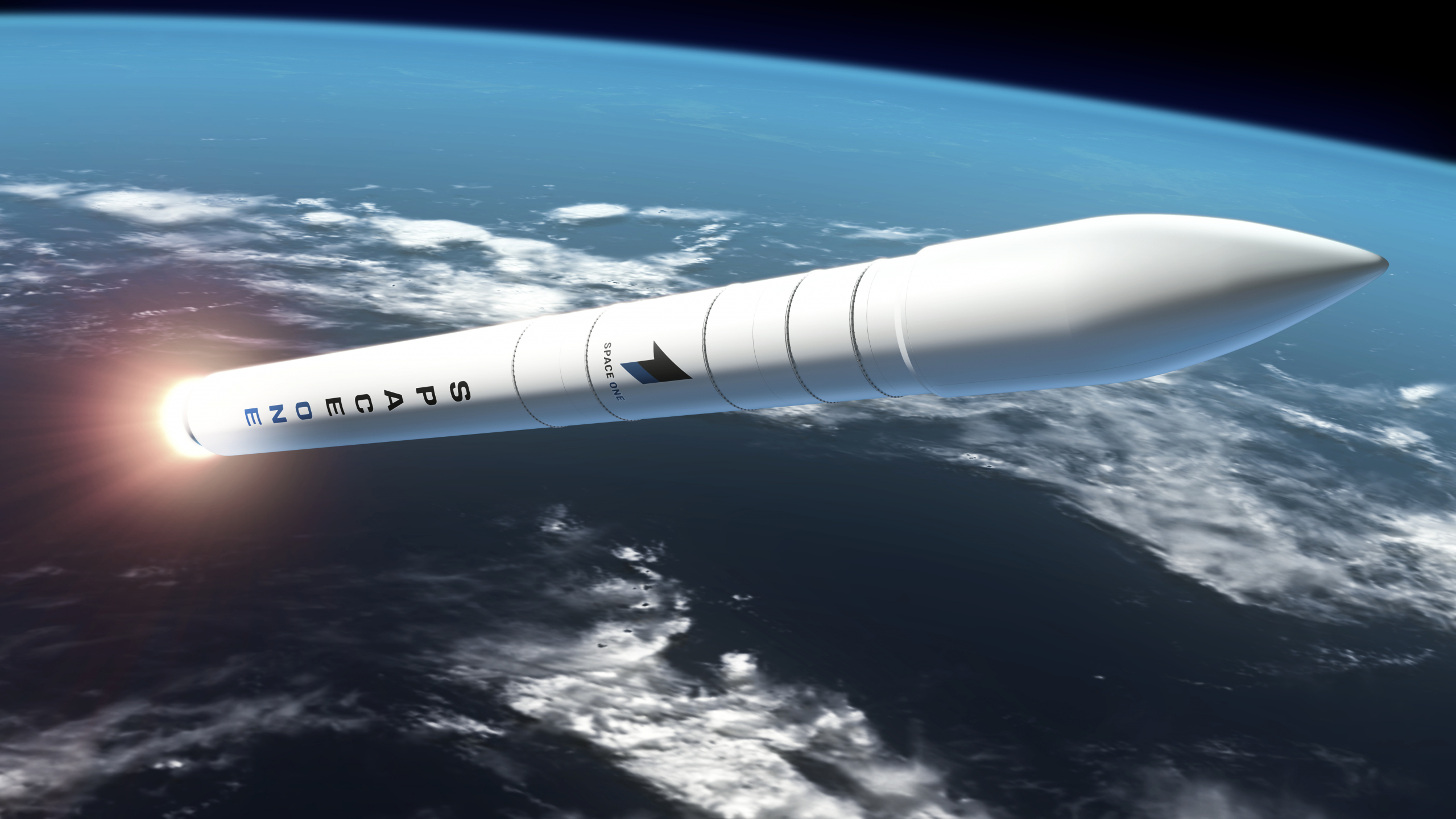Scientists have calculated the rate of meteoroid impacts on Mars using seismic measurements NASA’s retired InSight lander took during its mission. Two companion studies published on June 28, independently estimate substantially higher rates than were previously derived from images taken by spacecraft orbiting the red planet. The studies show that seismic measures promise to be more effective for studying meteoroid impacts than other methods.
One team, led by Ingrid Daubar of Brown University in Providence, Rhode Island, extrapolated the impact rate from meteoroid impacts detected by InSight’s Seismic Experiment for Interior Structure (SEIS). Using this method, the scientists found an impact rate of two to 10 times higher than previously determined using other methods.
The other study, led by Géraldine Zenhäusern of ETH Zurich, Switzerland, and Natalia Wójcicka of Imperial College London, United Kingdom, considered the possibility that an entire category of similar seismic events observed by InSight could be attributed to meteoroid impacts. The team found between 280 and 360 meteorites strike Mars yearly, resulting in impact craters greater than 8 m in diameter.
“This rate was about five times higher than the number estimated from orbital imagery alone,” said Zenhäusern. “Aligned with orbital imagery, our findings demonstrate that seismology is an excellent tool for measuring impact rates.”
Before seismic data was available, scientists used two methods to measure meteoroid impact rates on Mars. For one method, scientists calculate the impact rate on Mars from so-called lunar crater chronology models. These models are based on studies of craters on the Moon and are then adjusted to compensate for the planet’s atmosphere and proximity to the asteroid belt.

The first meteoroid impact detected by InSight, imaged by MRO’s High-Resolution Imaging Science Experiment (HiRISE) camera. (Credit: NASA/JPL-Caltech/University of Arizona)
For the other method, scientists study images taken by satellites orbiting Mars on which new craters can be found by comparing pictures from before and after the impact. Even if the area is only imaged once, it is still possible to find craters from recent impacts by looking for the dark areas that characterize new impact zones. The disturbed dust around the crater appears darker than the surroundings but fades over time.
However, the resolution of the cameras on board the satellites orbiting the red planet makes it impossible to detect craters below a certain size. For example, the Context Camera on NASA’s Mars Reconnaissance Orbiter (MRO) can’t detect craters smaller than 8 m in diameter. Additionally, the craters can be obscured by dust storms or the surrounding landscapes, making detection from orbit even harder.
These limitations mean that both methods yield different results, with the Moon-based estimates being substantially higher than those based on orbital images.
A previous study found six fresh impact craters near InSight by correlating MRO observations with seismic events detected by SEIS. This demonstrated the potential of seismic measurements as a third method for calculating the meteoroid impact rate. The two new studies set out to confirm the viability of this method.
“While new craters can best be seen on flat and dusty terrain where they really stand out, this type of terrain covers less than half of the surface of Mars,” said Zenhäusern. “The sensitive InSight seismometer, however, could hear every single impact within the landers’ range.”

Map of Mars showing locations of meteoroid impacts and Marsquakes. (Credit: Zenhäusern et al.)
Zenhäusern et al. focused on commonalities between the six impacts close to InSight. All six impacts were categorized as very-high-frequency (VF) events, which are Marsquakes that happen much faster than tectonic events. For their study, the scientists considered the possibility that all VF-Marsquakes measured by InSight were meteoroid impacts.
As InSight could only detect VF events up to about 2,600 km from its location, Zenhäusern et al. needed to determine how many Marsquakes happened on the entire planet.
“We estimated crater diameters from the magnitude of all the VF-Marsquakes and their distances, then used it to calculate how many craters formed around the InSight lander over the course of a year,” said Wójcicka. “We then extrapolated this data to estimate the number of impacts that happen annually on the whole surface of Mars.”
Using two different strategies, the team estimates a meteoroid impact rate of 280 to 362 impacts per year, which is in line with Moon-based estimates. The found impact rate is also substantially higher than those calculated from orbital imaging, leading the team to conclude that seismic measurements are an effective tool for calculating meteoroid impact rates.
The other team took a different approach and studied impacts detected by SEIS to estimate Mars’ meteoroid impact rate. In addition to the six craters near InSight, the scientists studied two larger ones located much farther away, which the lander also detected. These impacts were some of the largest ever detected in the Solar System.

The eight craters studied by Daubar et al as imaged by MRO’s High-Resolution Imaging Science Experiment (HiRISE) camera. (Credit: nASA/JPl/University of Arizona)
“This size impact, we would expect to happen maybe once every couple of decades, maybe even once in a lifetime, but here we have two of them that are just over 90 days apart,” Daubar said. “It could just be a crazy coincidence, but there’s a really, really small likelihood that it’s just coincidence. What’s more likely is that either the two big impacts are related, or the impact rate is a lot higher for Mars than what we thought it was.”
Based on these eight craters, the team estimates a meteoroid impact rate two to 10 times greater than predicted by analyzing orbital images. This result is much closer to the Moon-based estimates and thus the scientists conclude that the seismic method offers more accurate results than orbital imaging.
While Daubar et al. used a small sample size, both studies independently found similar results, strengthening both conclusions.
NASA retired InSight in December 2022, after a layer of accumulated dust on the lander’s solar panels limited its power generation. These studies show how the data collected by an old spacecraft can still lead to new results, extending the mission’s impact.
“[Zenhäusern et al.’s study] is the first paper of its kind to determine how often meteorites impact the surface of Mars from seismological data – which was a level one mission goal of the Mars InSight Mission,” said InSight co-Principal Investigator Domenico Giardini of ETH Zurich. “Such data factors into the planning for future missions to Mars.”
Daubar et al.’s results were published in the journal Science Advances and Zenhäusern et al.’s results were published in the journal Nature Astronomy.
(Lead image: Artist’s impression of InSight on the Martian surface. The SEIS instrument is visible on the left side in front of the lander. Credit: NASA/JPL-Caltech)



